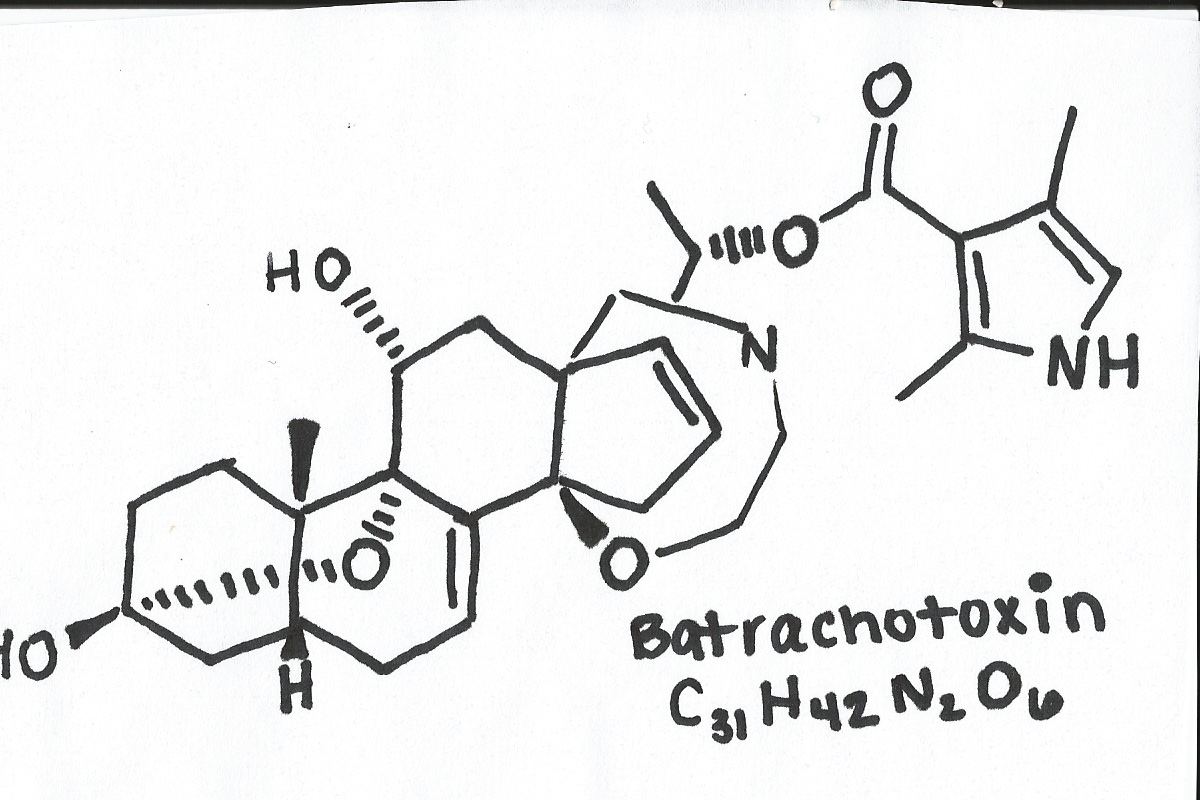Adaptation
A general adaptation for all birds is the hollow bone structure found throughout the body. Hollow bones provide enough strength to resist breaking during flight but also give the bird a much lighter skeleton. Additionally, some bones that are found in other vertebrates are fused while others are nonexistent. Another system that has undergone a great amount of modification is the respiratory system. Birds have a much better lung capacity which helps to receive the most oxygen at high altitudes. They also have incredible circulatory capacity. Without this modified body plan birds would not be able to take advantage of the aerial environment as well as they do.
Picture used with permission of Steve Wilson.
Another unique characteristic of the birds, is the circulatory system. Birds have lungs as well as posterior and anterior air sacs. When a bird inhales the fresh air moves to the posterior air sacs and the stale air from the lungs is placed into the anterior air sacs. As the bird exhales the fresh air from the lungs is moved from the posterior sacs to the lungs where the oxygen is taken up by the blood (Pet Education).
The genus Pitohui was discovered to have the first species of poisonous birds. All of the birds in this species have some level of toxicity but the Hooded Pitohui has been found to be the most toxic of them all. These birds have incorporated a potent toxin from the Coresine Beetle onto their feathers and skin in order to deter predators and ectoparasites. They emit a potent scent as a warning signal to predators as well as exhibit aposematic coloring. This toxin is also used by the frog genus Phyllobates but in much higher concentrations than in the birds. The toxin belongs to a family of batrachotoxins which include some of the most potent naturally occurring toxins.
What makes batrachotoxins so potent?
In small quantities this toxin can irreversibly open voltage-gated sodium channels. Although this may not seem like a problem, the voltage-gated channels are responsible for the transmission of electrical signals from the brain to the muscles (Batrachotoxin). In "larger" doses this toxin can cause fibrillation, arrhythmias, cardiac failures and death if ingested. A lethal dose for an adult weighing 150 lbs is approximately 100 micrograms (ChemEurope). For humans, as John Dumbacher reported, contact with the feathers of the bird cause numbness and tingling for extended periods of time.
Drawn by author of the page. Adapted from hyperlinked image.
Is there anything that can counteract this toxin?
As of now there is no type of antidote to counteract the batrachotoxin. Although there is no definitive treatment success in preventing or reversing the membrane depolarization has been found in using a noncompetitive inhibitor(ChemEurope). These chemicals act as an antagonist to the batrachotoxin and help to remove some of the effects (ChemEurope).
What does the Hooded Pitohui do in terms of nutrition?
.jpg)
